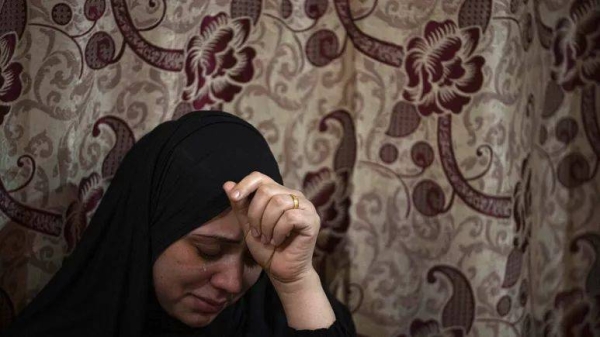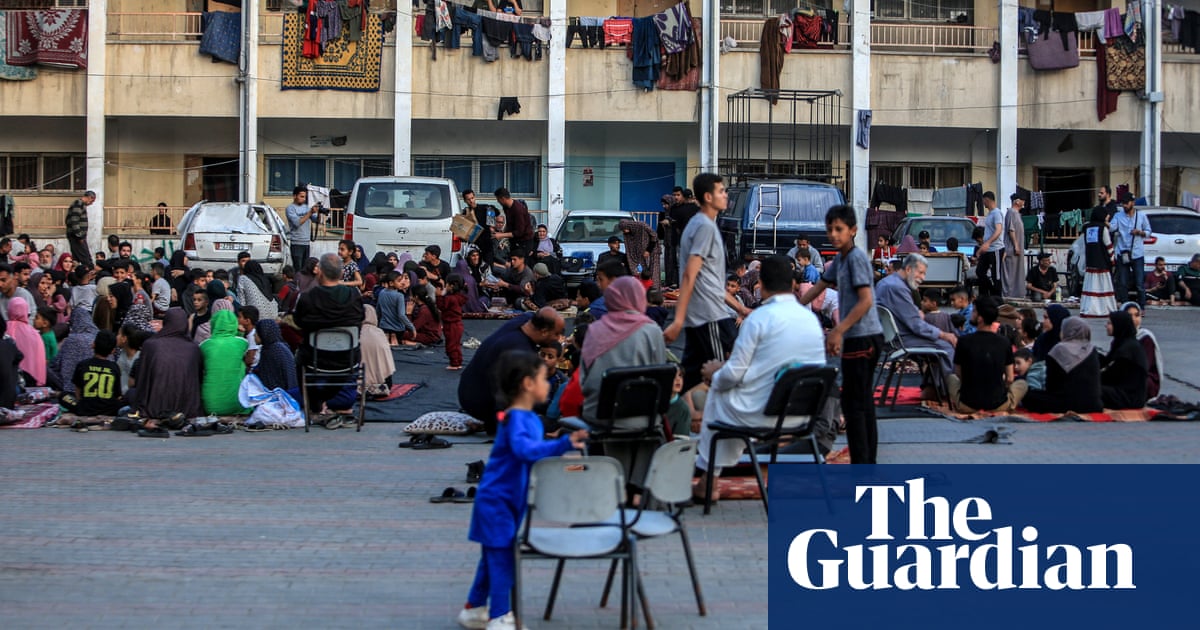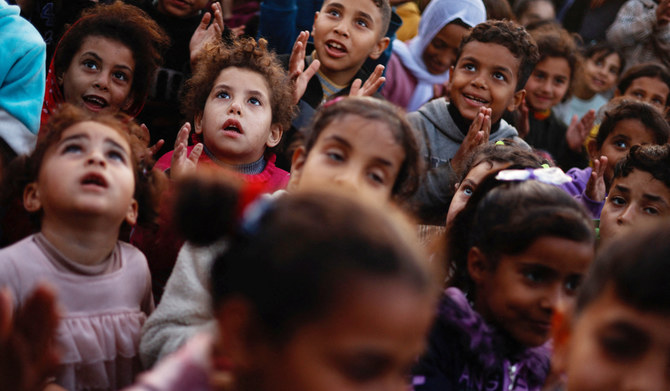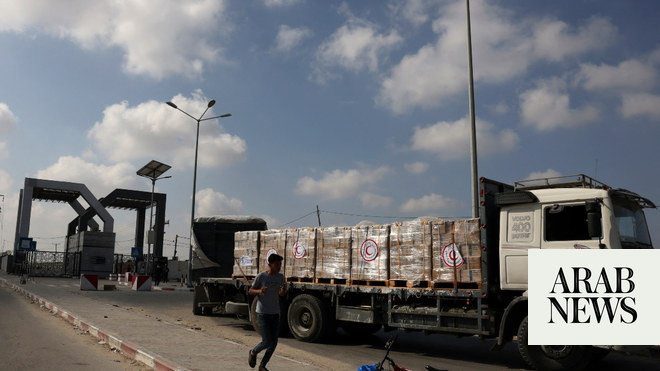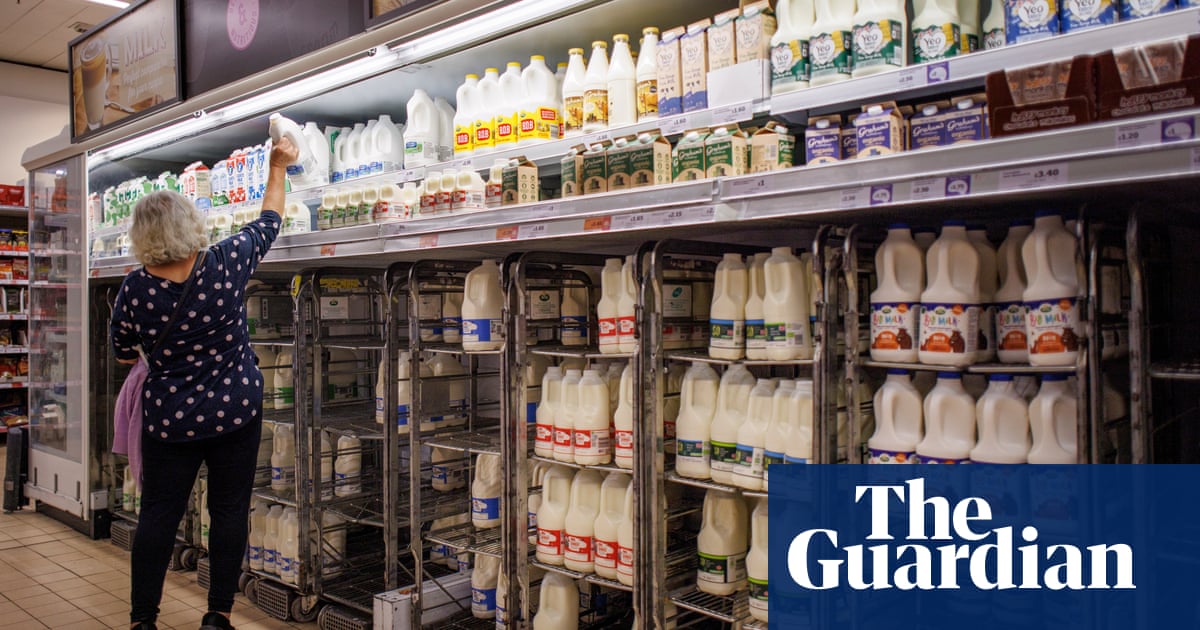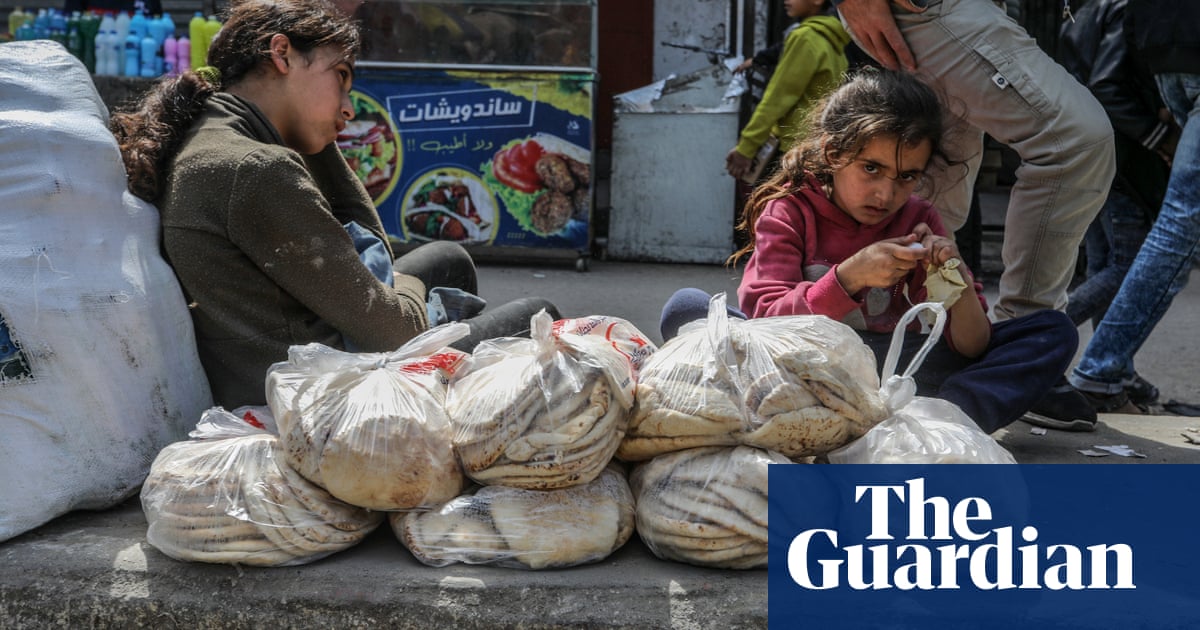
People living in Gaza are facing exorbitant food prices as more than 1 million residents of the Palestinian territory face famine.
Since Israel’s invasion in October, it has become common for Gaza’s displaced population to share pictures of their shopping baskets and document how high prices have risen amid food shortages.
But in the southern city of Rafah, where most of Gaza’s population now live, onions cost 50 times their pre-war price and leafy vegetables – such as spinach, jute leaves and chard, which are common – sell for 25 times their former price, according to a new analysis by the humanitarian organisation Christian Aid.
William Bell, Christian Aid’s head of Middle East policy, said: “Due to a lack of humanitarian access, there is not enough available food for people to survive, let alone have a healthy diet. As a consequence, children in Gaza are dying of malnutrition and disease while the world turns a blind eye.”
The charity found that a litre of oil now costs £13, up from £4.25 ($5.40) before the war, while a 25kg bag of flour – which might be £15 in Rafah – could sell for more than £300 in northern Gaza, where humanitarian deliveries are limited.
This week, the Integrated Food Security Phase Classification, which monitors food security, warned that famine was imminent in northern Gaza, and the rest of the territory was also at risk.
Social media platforms such as Snapchat and Instagram are full of posts by Gaza’s residents on the exorbitant prices of food, which they are only able to buy in small amounts to ration among their families.
In a post on Snapchat after visiting Rafah’s market, Mustafa Enshasi said this week: “I don’t know when these merchants are going to stop treating us like we’re citizens of New York – these eight apples I bought today were 56 shekels [£12], just enough for each family member.”
Another Snapchat user, Almaza Owda, complained that the first apple she had eaten since the war began cost 6 shekels. She also posted a video of a delivery truck driving through a displacement camp with children chasing after it.
Over the past few days, other users have posted images of children chasing aid being parachuted from controversial airdrops. In one video, posted by a user called “daughter of Gaza”, the residents excitedly cheer as the aid falls into their displacement camp, with people saying it would be eaten to break their Ramadan fasts.
An anonymous aid worker in Gaza, from the UK-based charity Restless Beings, said: “Absolutely no one can afford the situation here. The most basic things a body needs are not available and whatever is available, the cost is very high and most people can’t buy them. We haven’t seen fruits for more than six months.
“People who had saved some money have already spent it now during these six months,” she said, adding that most people had lost their incomes since the invasion “and each day their suffering becomes harder”.
Another anonymous aid worker said hunger levels had ruined Ramadan, which would ordinarily be a highlight of the year. People were having to stand in long queues to wait for free distributions of lentil soup because they could not afford to feed their families.
They said better aid deliveries and more protection for aid workers were needed to ensure food reached people, especially in northern Gaza.
“We are talking more than 150 days [and] there has been [not even a] small amount reaching those families,” they said.
“They are starving. They are crying, feeling disappointed with the world, that they are watching their miserable situation [and doing nothing].”







